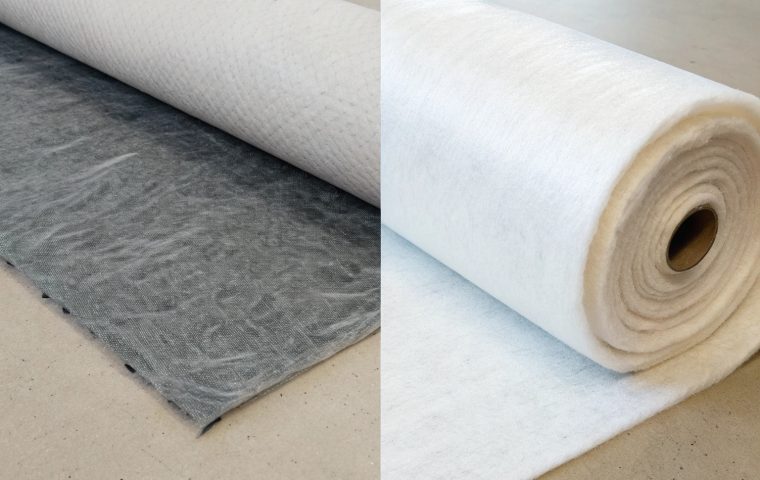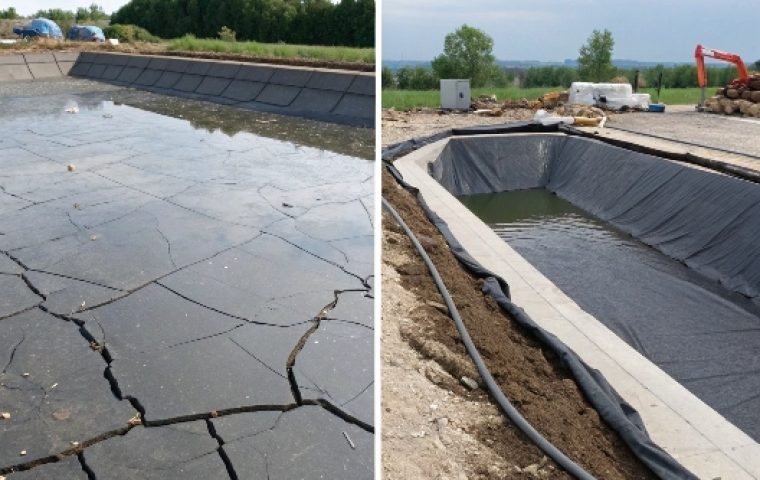When you see a price for a geomembrane that’s "too good to be true," it often is. Low quotes can signal the use of recycled materials, which drastically compromises project security and longevity.
Geomembrane films are made by melting high-quality polymer resins like HDPE and blending them with additives. The mixture is then formed into a continuous sheet using extrusion or calendering. Its performance is determined by the quality of these raw materials, the manufacturing process, and verified physical properties.
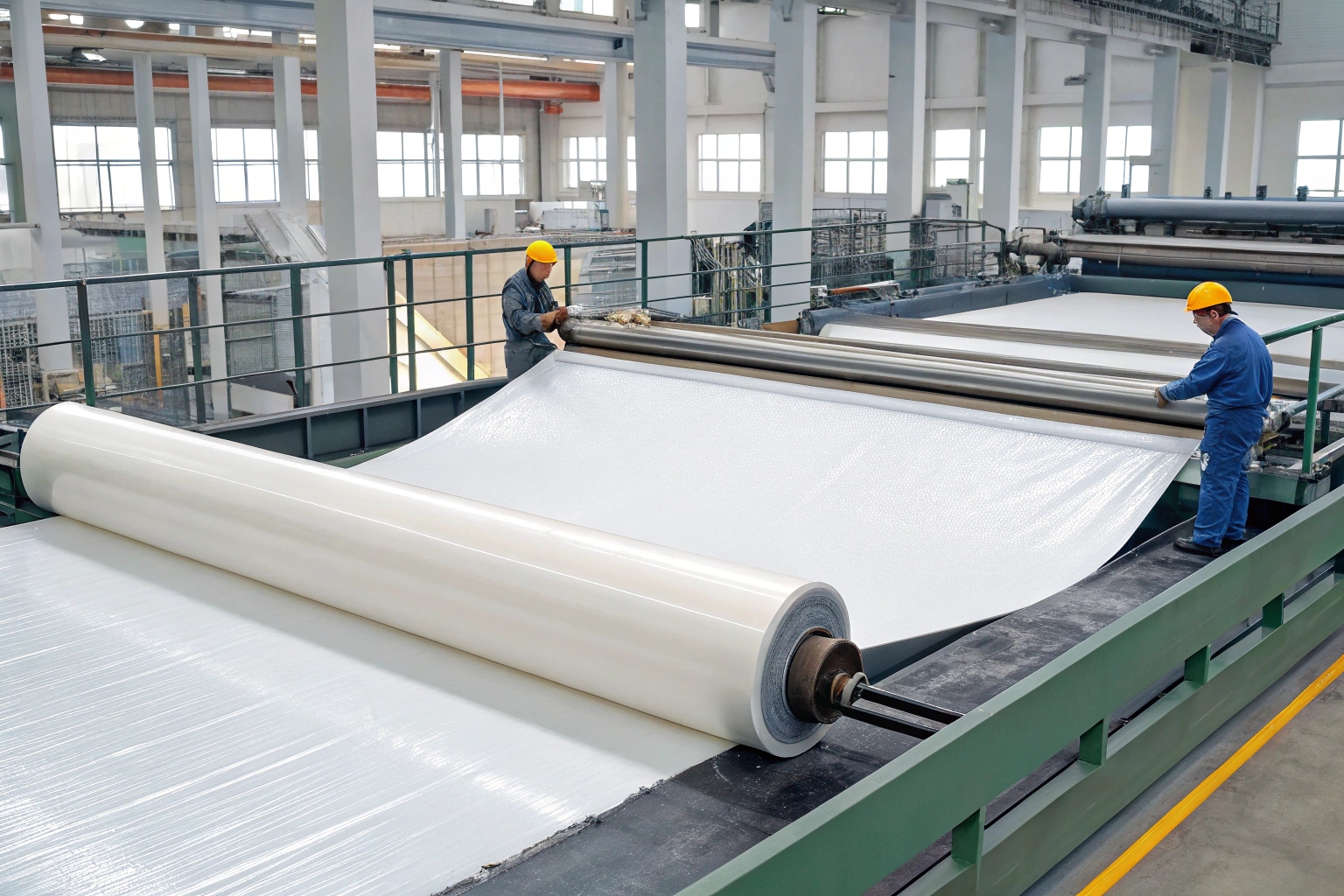
Understanding the link between manufacturing and performance is crucial for any importer or contractor. The price for raw virgin polymer resin is transparent and tied to global oil costs. A huge price difference between suppliers usually means one is cutting corners, most likely by using recycled materials. This isn’t a cost saving; it’s a risk you can’t afford. Let’s look at what makes a quality geomembrane.
What raw materials are used to produce geomembrane films like HDPE, LLDPE, PVC, and EVA?
The final liner is only as good as its ingredients. Specifying a product without understanding its base composition leaves you vulnerable to suppliers who substitute cheaper, less durable materials to lower their costs.
High-quality geomembranes start with virgin polymer resins—HDPE, LLDPE, PVC, or EVA pellets. These are compounded with a "masterbatch" of critical additives, including carbon black for UV protection, antioxidants for thermal stability, and stabilizers to ensure long-term durability.
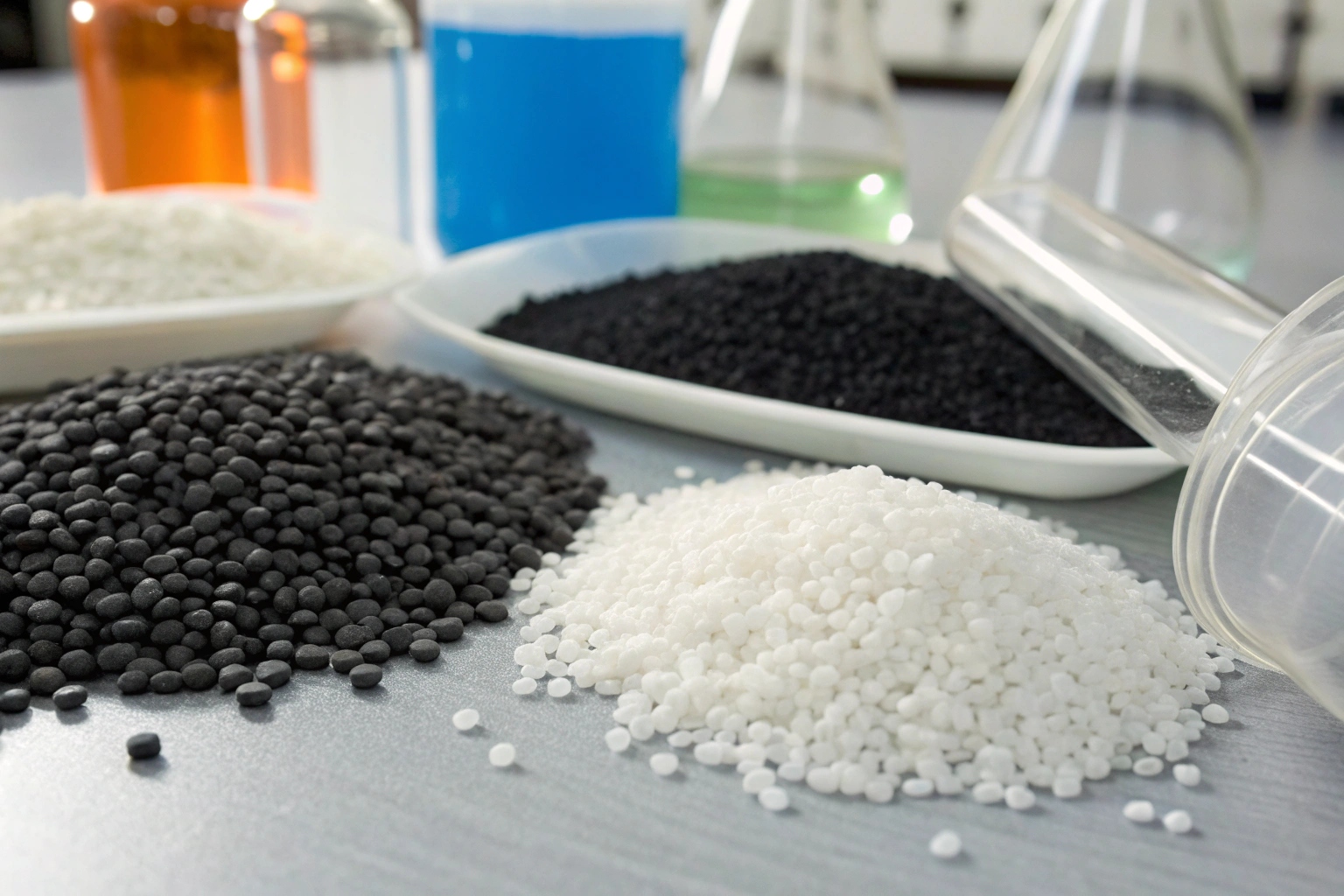
The choice of resin dictates the liner’s core mechanical properties like rigidity and flexibility. However, it’s the additive package that truly determines its performance over decades. A liner made from 100% virgin resin with a proper carbon black dispersion will withstand UV exposure and chemical attack far better than one using recycled materials, which have an inconsistent history and degraded polymer chains. Always insist on seeing the material certification to verify the use of virgin resin.
How does the extrusion or blown film process shape the final geomembrane structure?
The method used to turn plastic pellets into a massive, uniform sheet has a direct impact on its strength and reliability. A poorly controlled process can introduce weak points, thin spots, or internal stresses.
The blown film extrusion process is most common. It melts the resin and extrudes it through a circular die, inflating it into a large "bubble." This process orients the polymer molecules in two directions, creating a film with balanced and superior tear resistance compared to other methods.
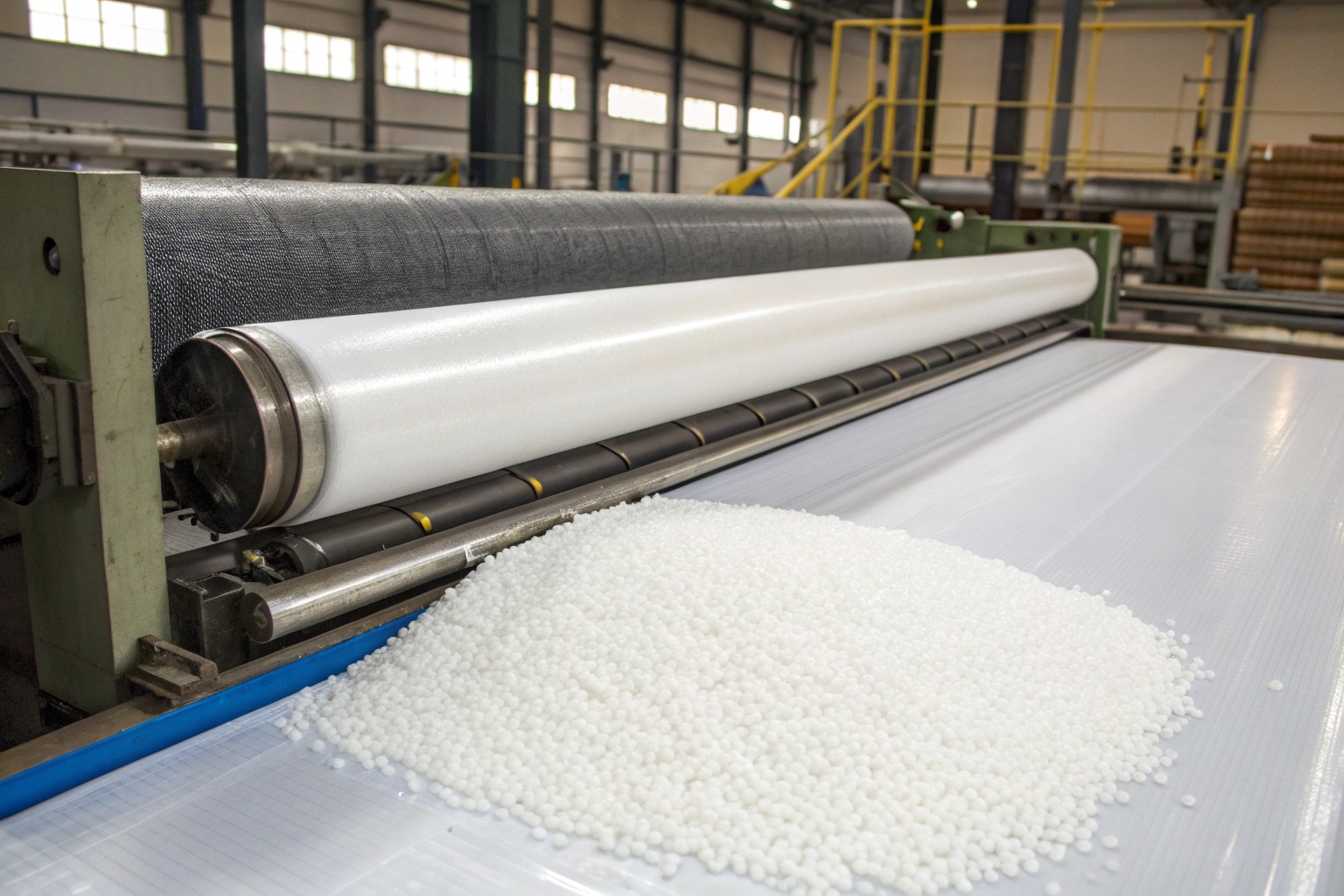
After the molten polymer is extruded and inflated, the bubble is cooled, collapsed, and slit to the desired width before being wound into large rolls. This biaxial orientation is a key advantage, as it makes the sheet equally strong across its length and width.
Key Manufacturing Processes
| Process | Description | Key Advantage |
|---|---|---|
| Blown Film Extrusion | Molten polymer is extruded through a circular die and inflated into a bubble. | Biaxial molecular orientation provides balanced, high tear resistance. |
| Flat-Die (Cast) Extrusion | Molten polymer is forced through a flat slit die and cooled on rollers. | Can produce very smooth or highly textured surfaces. |
| Calendering | Polymer is mixed and passed through heated rollers to form a sheet, often with reinforcement. | Excellent for creating scrim-reinforced liners (e.g., RPE, RPP). |
The manufacturing process is not just a detail; it’s a fundamental factor in the film’s final engineering properties.
What physical and chemical properties define a high-quality geomembrane film?
A spec sheet is filled with technical data, but which numbers actually matter? Focusing on the wrong metrics can lead you to choose a liner that looks good on paper but fails in the field.
A high-quality geomembrane is defined by key performance indicators: high tensile strength and puncture resistance for durability, low permeability for containment, and excellent chemical and UV resistance for longevity. These properties ensure the liner can withstand installation stress and long-term environmental exposure.
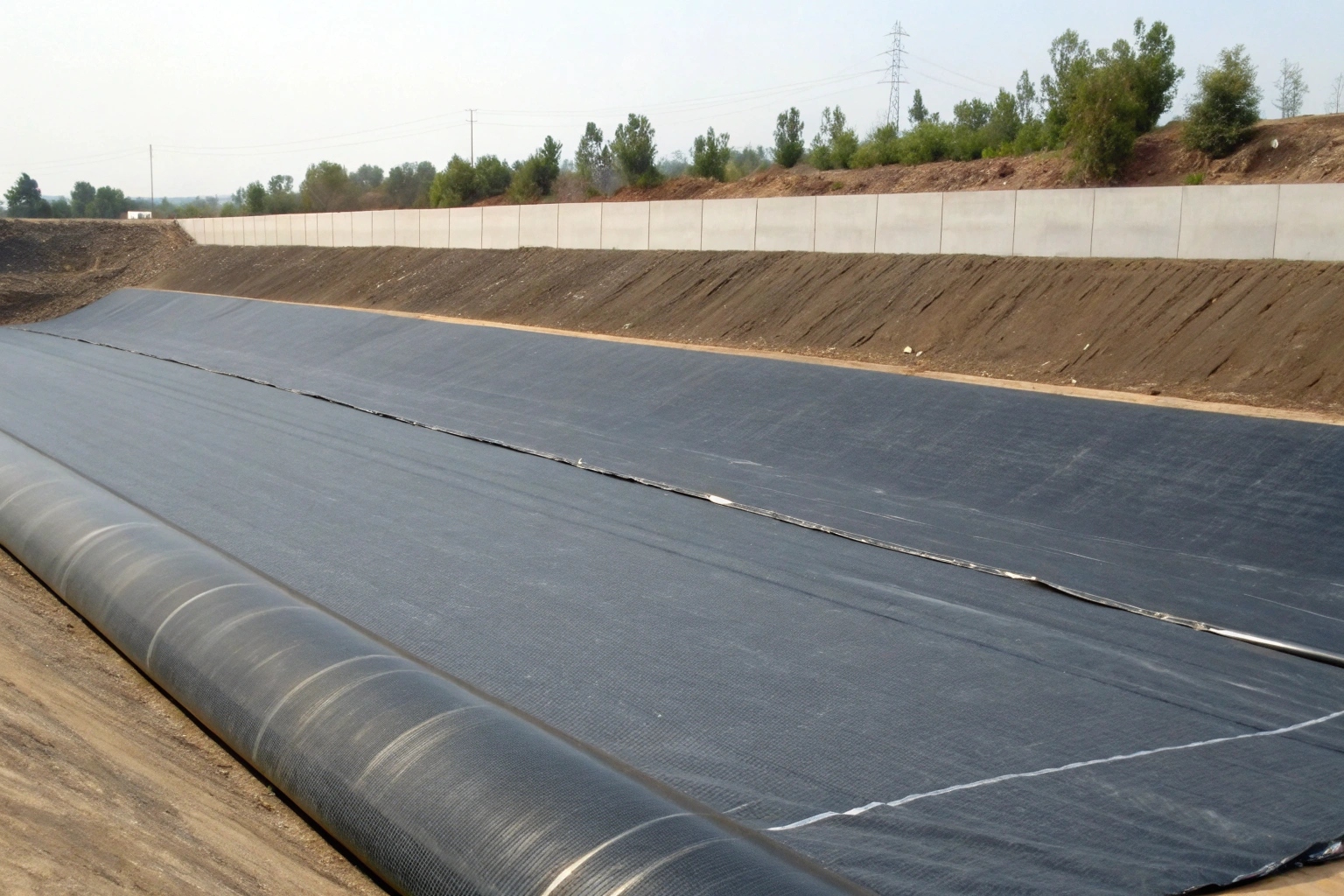
These metrics are not independent; they are all interconnected and stem from the quality of the raw materials and the precision of the manufacturing process. For example, a film with a high molecular weight resin will naturally exhibit better tensile strength and stress crack resistance. A uniform dispersion of at least 2% carbon black, as per industry standards (like GRI-GM13), is essential for protecting the polymer from UV degradation. Verifying these properties on a manufacturer’s technical data sheet is the first step in ensuring quality.
How can I evaluate geomembrane performance for engineering and design applications?
How do you translate a list of technical specs into real-world performance for your specific project? You need a reliable way to confirm that the product you buy will meet your design requirements.
Evaluate performance by cross-referencing the manufacturer’s Technical Data Sheet (TDS) against established industry standards like ASTM or GRI. Insist on a Manufacturer’s Quality Control (MQC) report for your specific production lot. This confirms the material was tested and meets the required specifications.
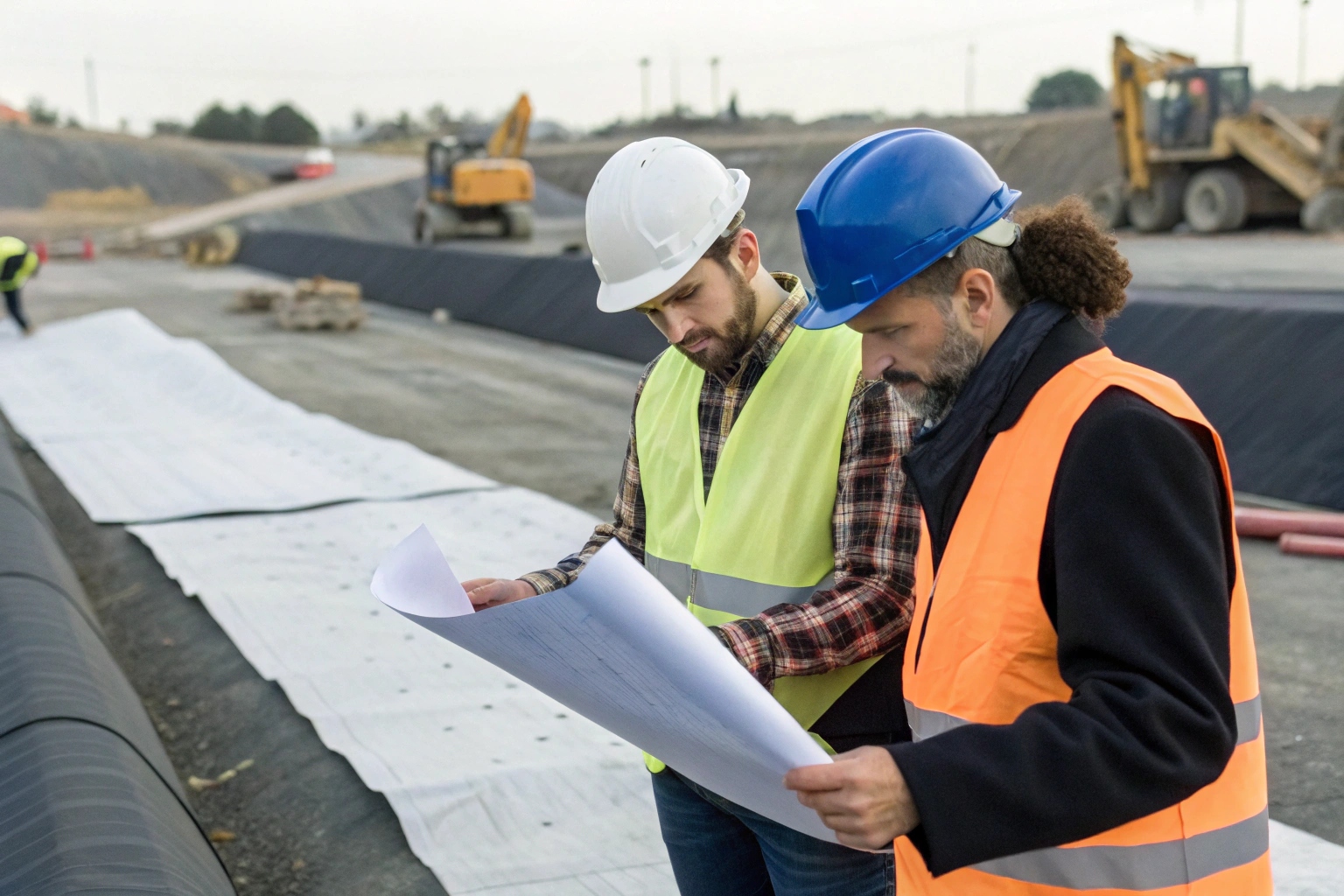
Your evaluation process should be systematic. First, ensure the specs on the TDS meet or exceed the minimums required by your project’s design engineer or the relevant industry standard (e.g., GRI-GM13 for HDPE). Second, demand the MQC report that accompanies your order. This document is your proof that the rolls you are receiving have been tested for critical properties like thickness, tensile strength, and puncture resistance. A reputable supplier will always provide this documentation without hesitation. It is your ultimate assurance against low-quality or recycled materials.
Conclusion
A high-performance geomembrane is born from virgin resins and precise manufacturing. Verify its quality through certified data and MQC reports to ensure your project’s security and avoid the risks of cheap, recycled alternatives.

